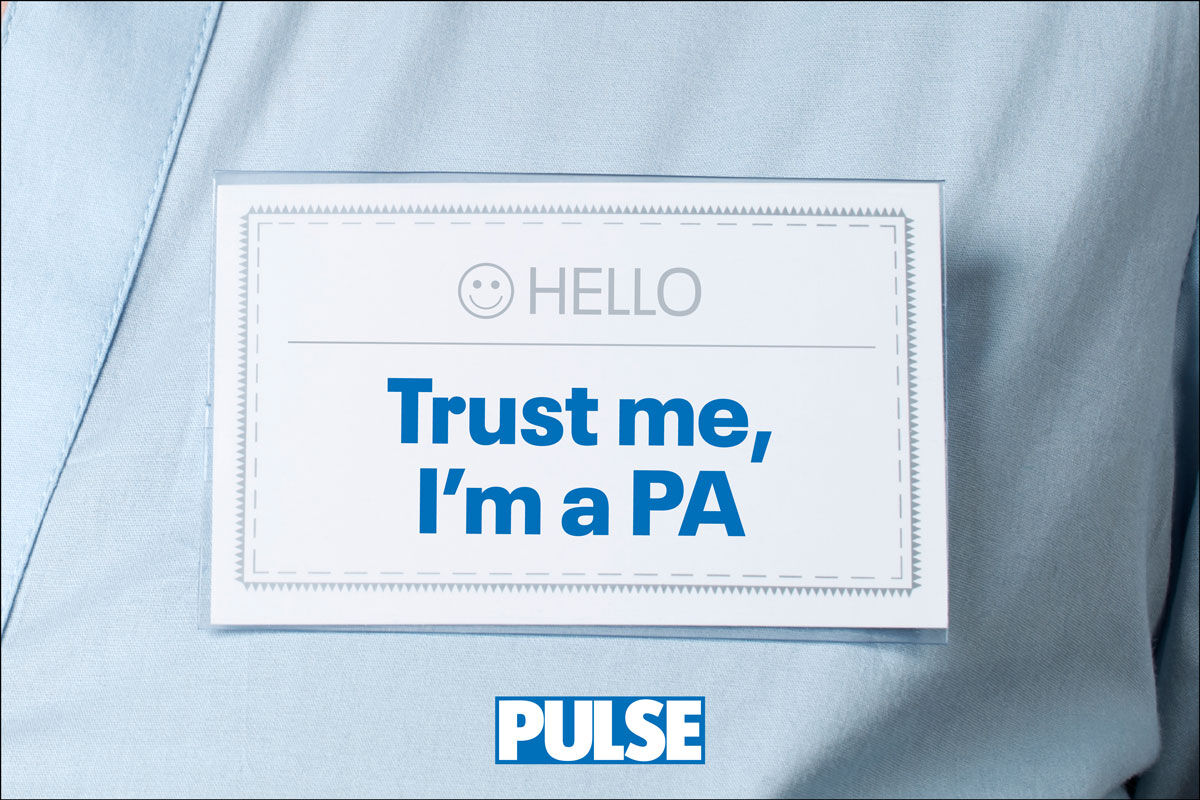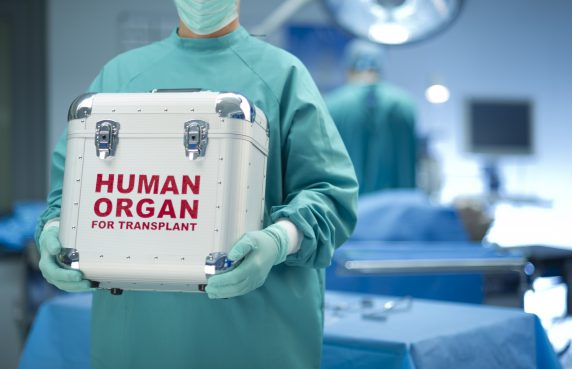The new opt-out legislation on organ donation consent after death will come into force in England in May, the Government has announced.
From 20 May, all adults in England will be considered as having agreed to donate their own organs when they die, unless they have recorded a decision not to donate, or are in an excluded group.
The Government said the change was a significant step towards helping 5,200 people currently waiting for a transplant in England and could mean an extra 700 transplants each year by 2023.
Health secretary Matt Hancock said: ‘Too many people lose their lives waiting for an organ, and I’ve been determined to do what I can to boost organ donation rates.
‘This is an important step forward in making organ donation easier and more available to those who need it and could help save hundreds of lives every year.’
Children under 18 years of age, people who have lived in the UK for less than 12 months and people who have lacked capacity to make the decision for a significant time will be excluded from the new law.
If someone has previously stated they do not want their organs and tissues used after their death, the new law would not affect this recorded decision.
The move to ‘deemed consent’ was first announced by then-Prime Minister Theresa May in 2017, and follows policies implemented in Wales in 2015.
The Scottish Government has also announced plans to move to an opt-out system, with legislation currently being considered by Holyrood.
Organs and tissues included in deemed consent
- Heart, transplanted either as a whole organ or for heart valves;
- Lung(s);
- Liver, transplanted either as an organ or for liver cells (called ‘hepatocytes’), unless they are used for an ATMP;
- Kidneys;
- Pancreas, transplanted either as a whole organ or for pancreatic cells which produce insulin (called ‘islets’), unless used for an ATMP;
- Intestinal organs (small bowel, stomach, abdominal wall, colon, spleen);
- Cornea (the clear outer layer of the eye);
- Nervous tissue;
- Arteries/veins/blood vessels;
- Bone;
- Muscle;
- Tendon;
- Skin; and
- Rectus fascia (tissue that encases abdominal muscles)
Source: Department of Health and Social Care
















